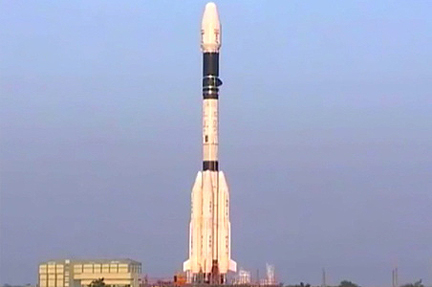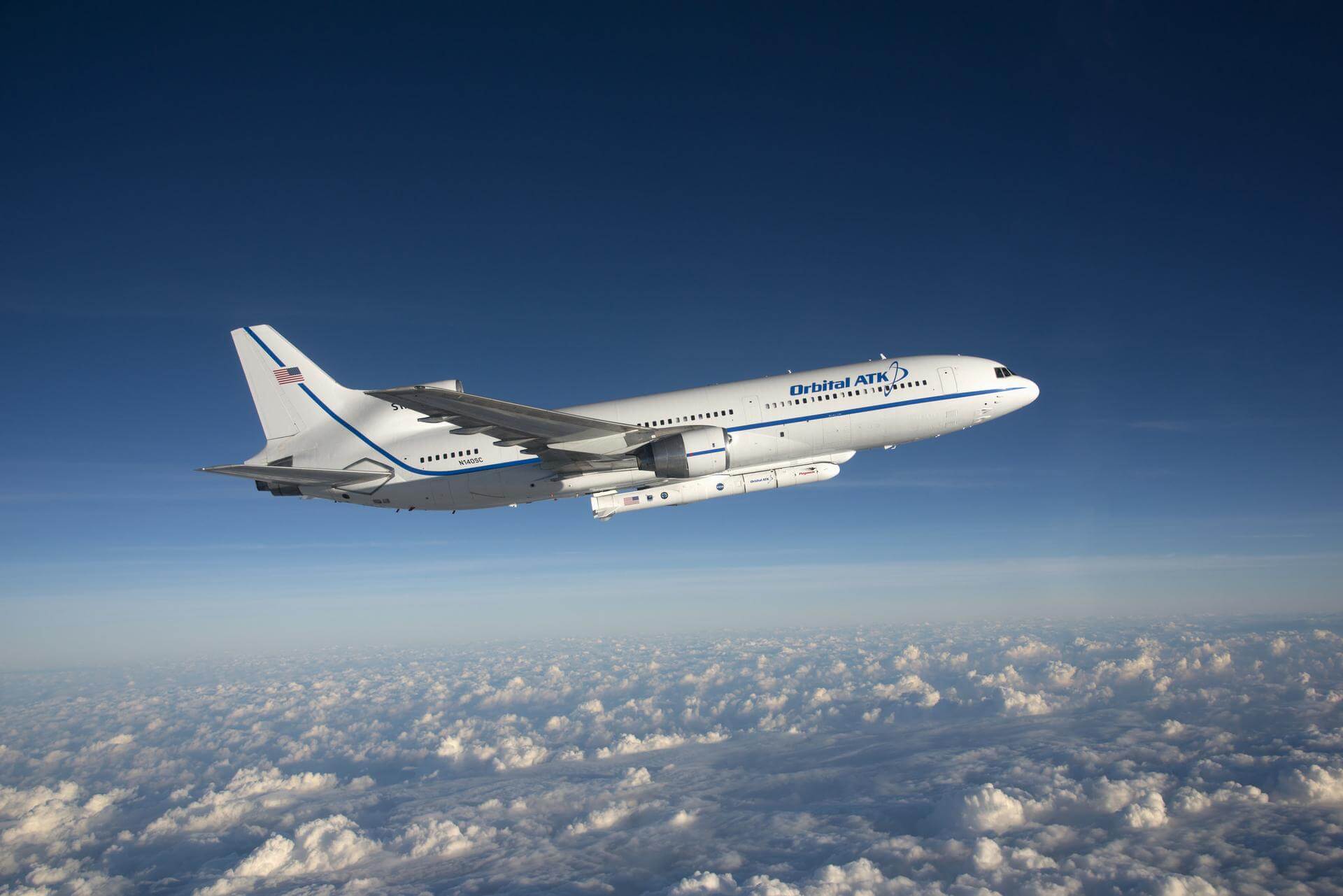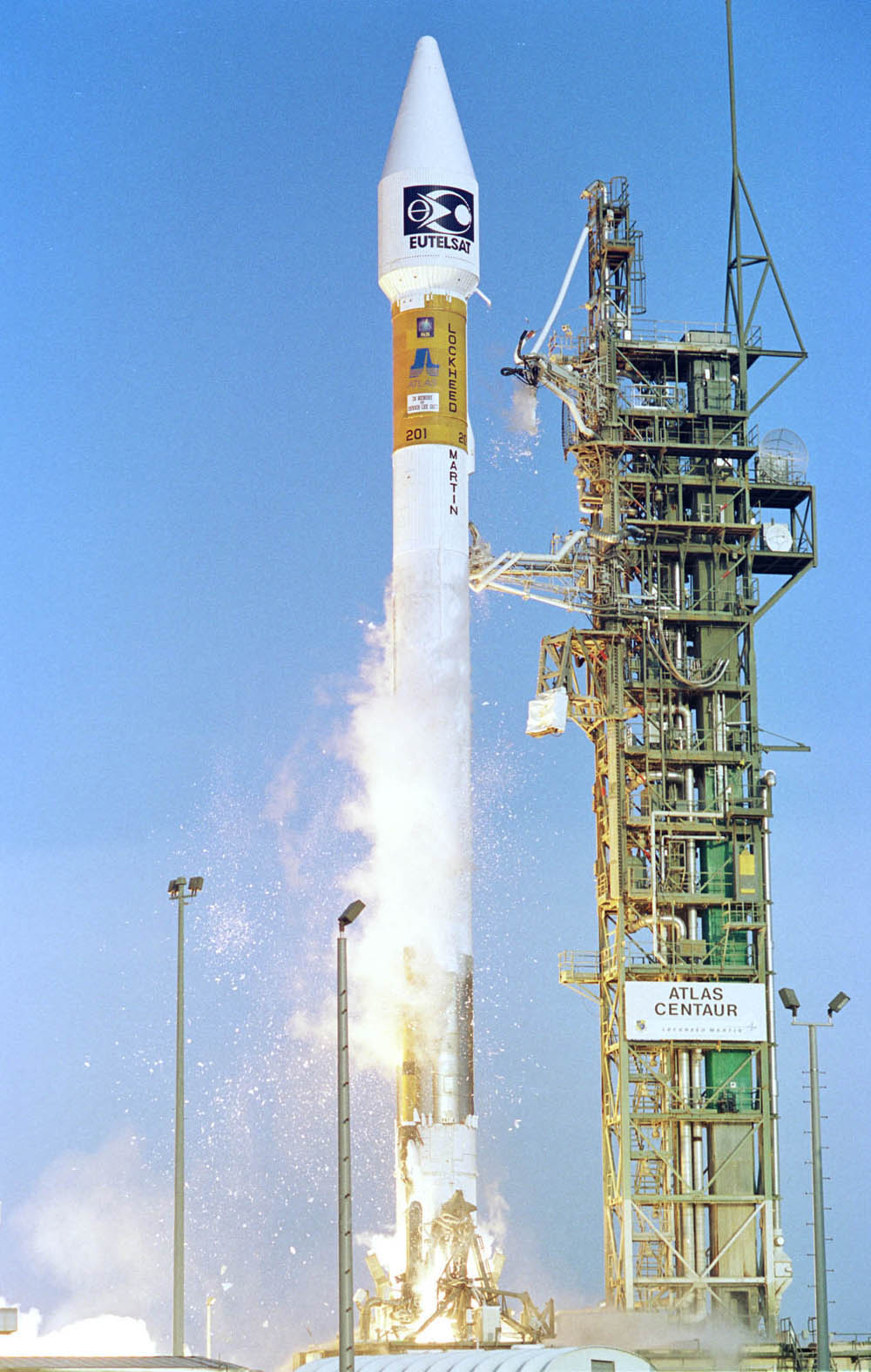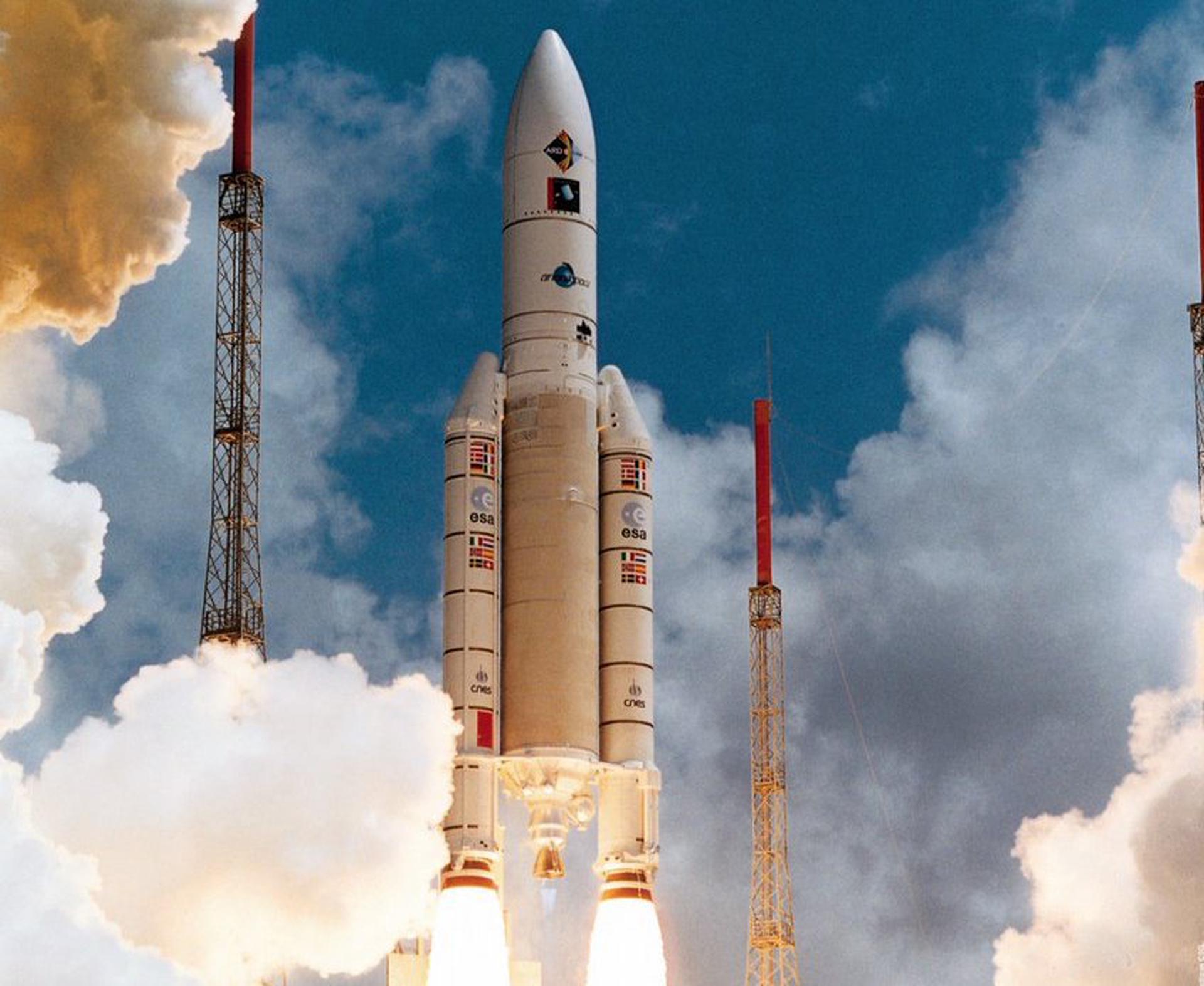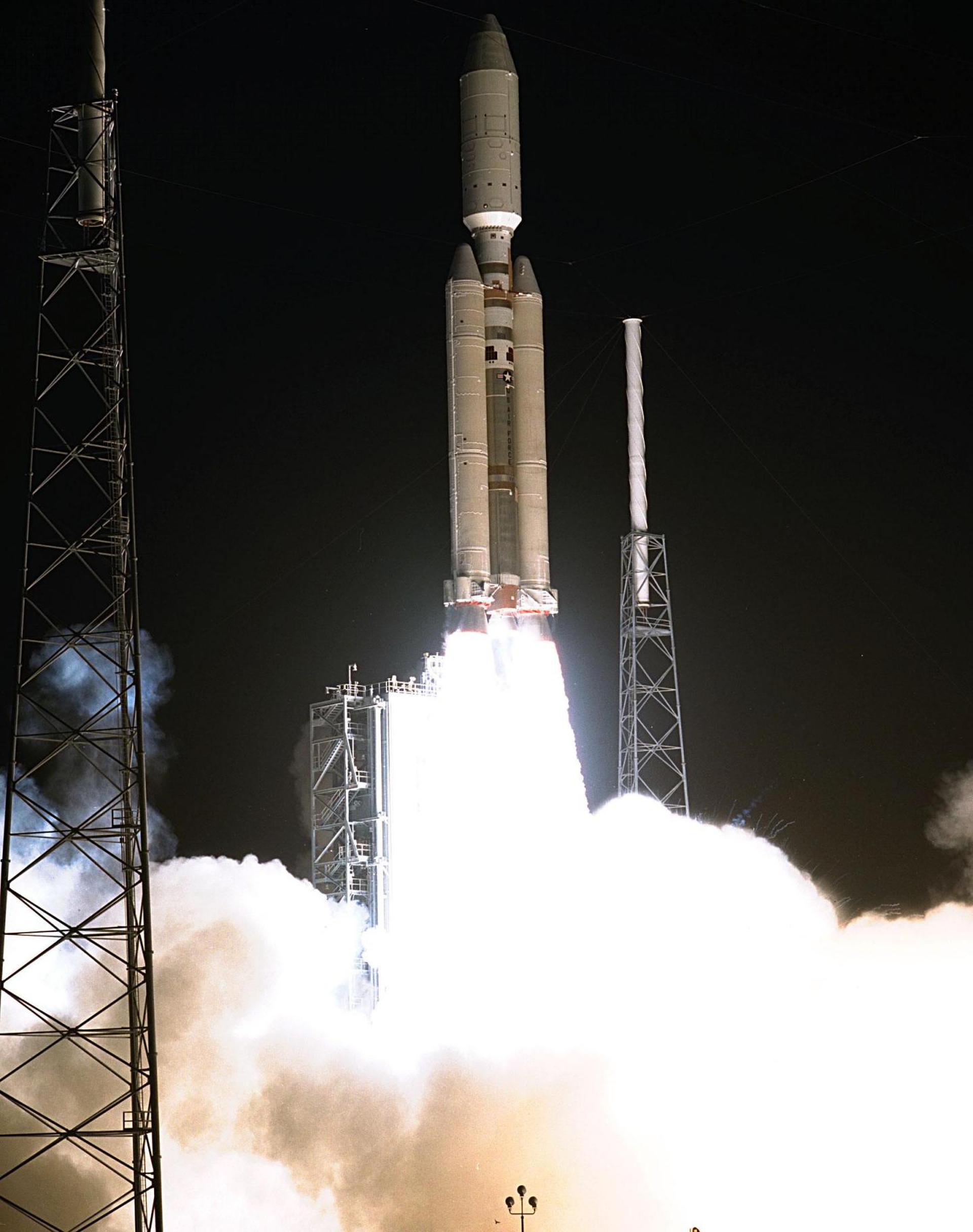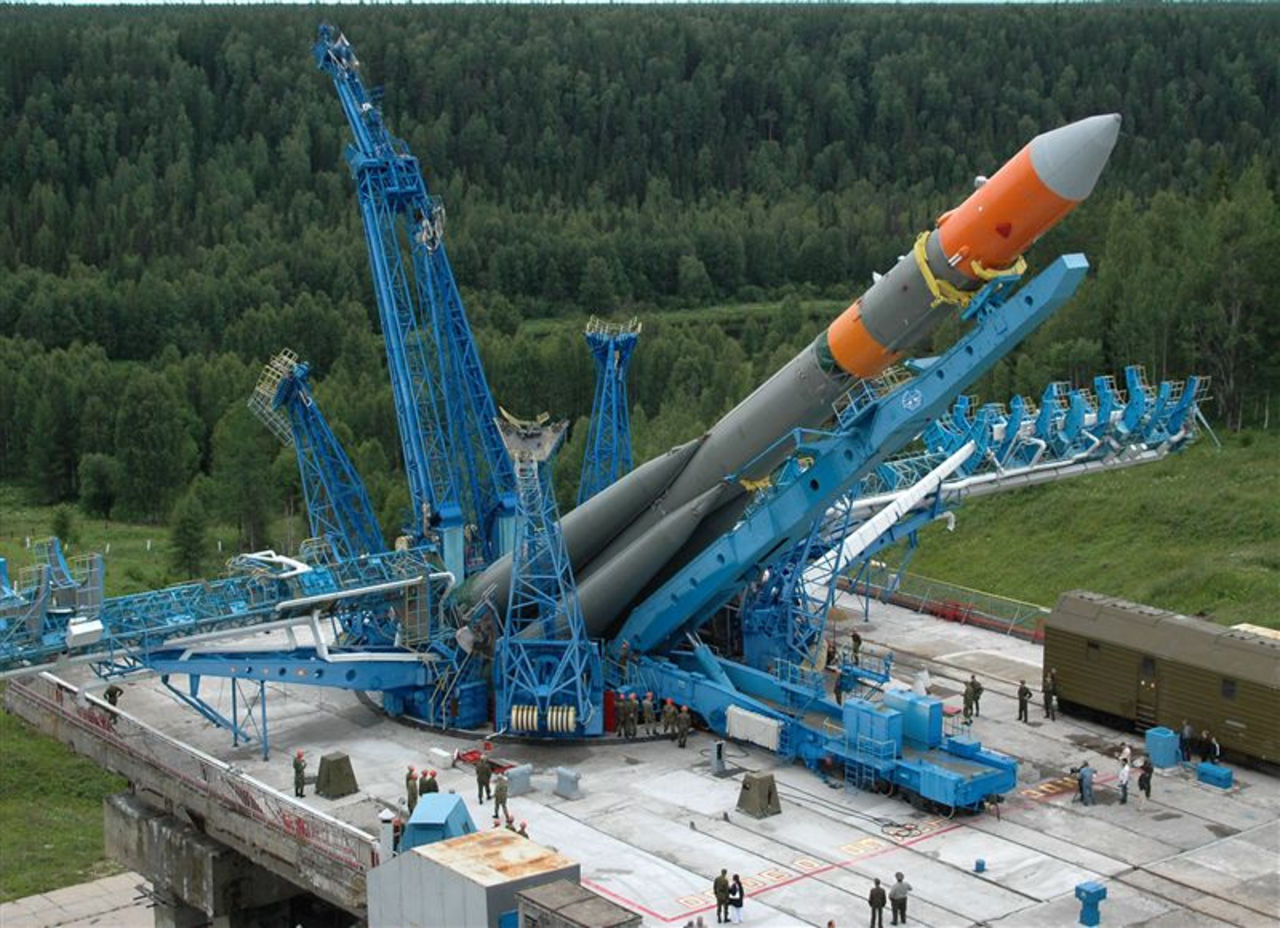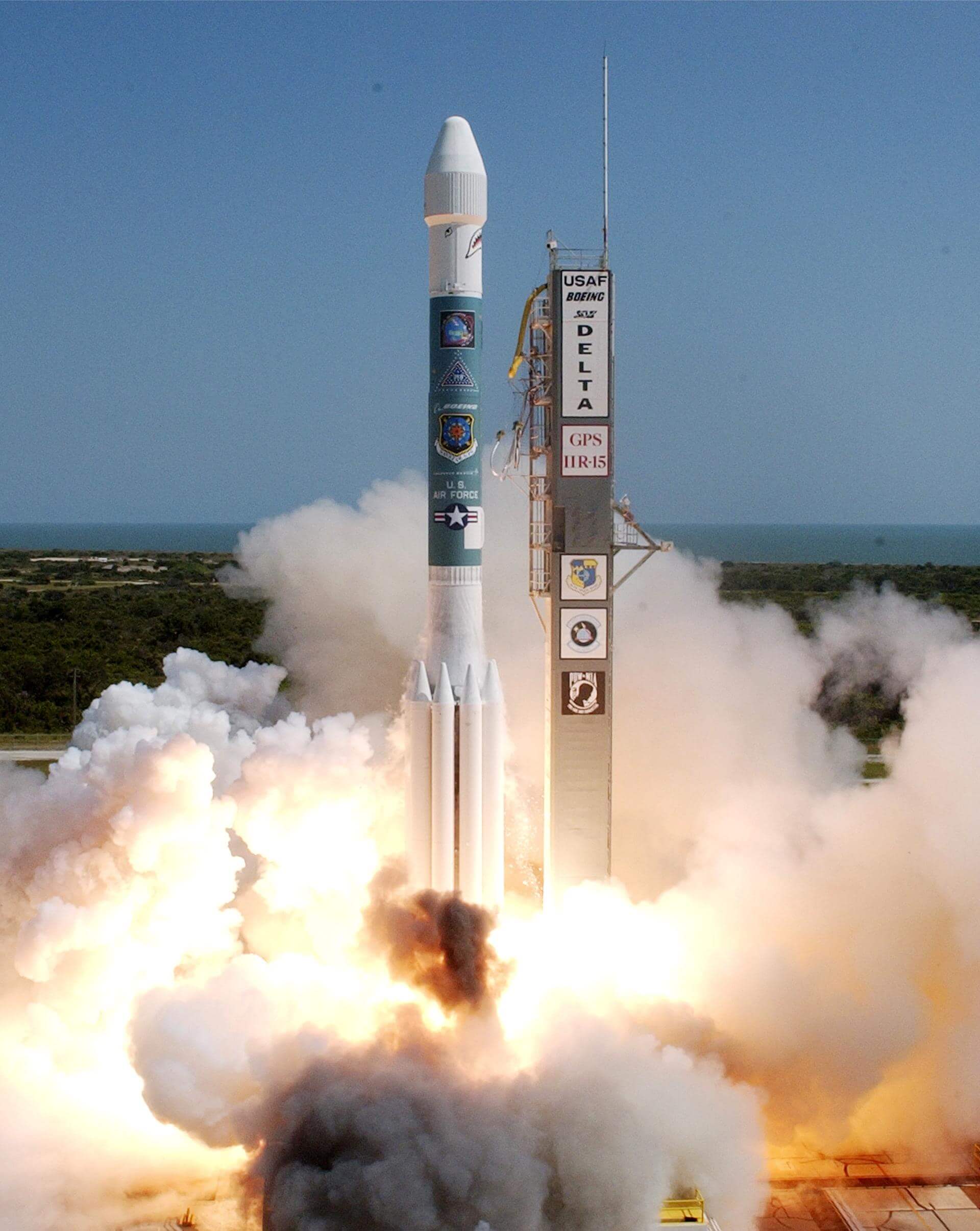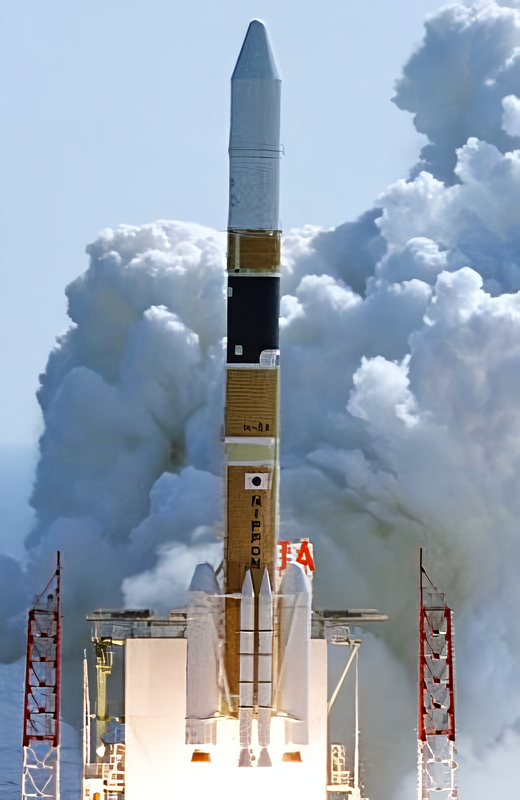Previous Spaceflight Launches
Filter by Agency, Locations or Vehicles
Show All LaunchesGSLV | GSAT-2
Indian Space Research Organization | IndiaSatish Dhawan Space Centre, India
May 8, 2003, 11:28 a.m.
Pegasus XL | Galaxy Evolution Explorer (GALEX)
Orbital Sciences Corporation | United States of AmericaAir launch to orbit
April 28, 2003, 11:59 a.m.
Soyuz-FG | Soyuz TMA-2
Progress Rocket Space Center | RussiaBaikonur Cosmodrome, Republic of Kazakhstan
April 26, 2003, 3:53 a.m.
Status: Launch Successful
Mission:
Soyuz TMA-2 begins Expedition 7 by carrying 2 astronauts and cosmonauts to the International Space Station. Russian Commander, cosmonaut Yuri Malenchenko alongside Flight Engineer, Edward Tsang Lu (NASA) will launch aboard the Soyuz spacecraft from the Baikonur Cosmodrome in Kazakhstan and then rendezvous with the station. It landed on October 28, 2003, 02:40:20 UTC
Low Earth OrbitProton | US-KMO 6
Khrunichev State Research and Production Space Center | RussiaBaikonur Cosmodrome, Republic of Kazakhstan
April 24, 2003, 4:23 a.m.
Atlas | Asiasat 4
Lockheed Martin | United States of AmericaCape Canaveral SFS, FL, USA
April 12, 2003, 12:47 a.m.
Ariane 5 G | INSAT-3A & Galaxy 12
ArianeGroup | FranceGuiana Space Centre, French Guiana
April 9, 2003, 10:52 p.m.
Titan IVB | Milstar 6
Lockheed Martin | United States of AmericaCape Canaveral SFS, FL, USA
April 8, 2003, 1:43 p.m.
Molniya-M | Molniya-1T 92
Russian Space Forces | RussiaPlesetsk Cosmodrome, Russian Federation
April 2, 2003, 1:53 a.m.
Delta II | GPS IIR-9
United Launch Alliance | United States of AmericaCape Canaveral SFS, FL, USA
March 31, 2003, 10:09 p.m.
H-IIA 2024 | IGS Radar 1 & IGS Optical 1
Mitsubishi Heavy Industries | JapanTanegashima Space Center, Japan
March 28, 2003, 1:27 a.m.
Status: Launch Successful
Mission:
The IGS Radar 1 & Optical 1 (Intelligence Gathering Satellite) are Japanese radar and optical reconnaissance satellites. The satellites are operated by the Cabinet Satellite Information Center. The satellites serve both Japan's national defense and civil natural disaster monitoring.
Sun-Synchronous Orbit